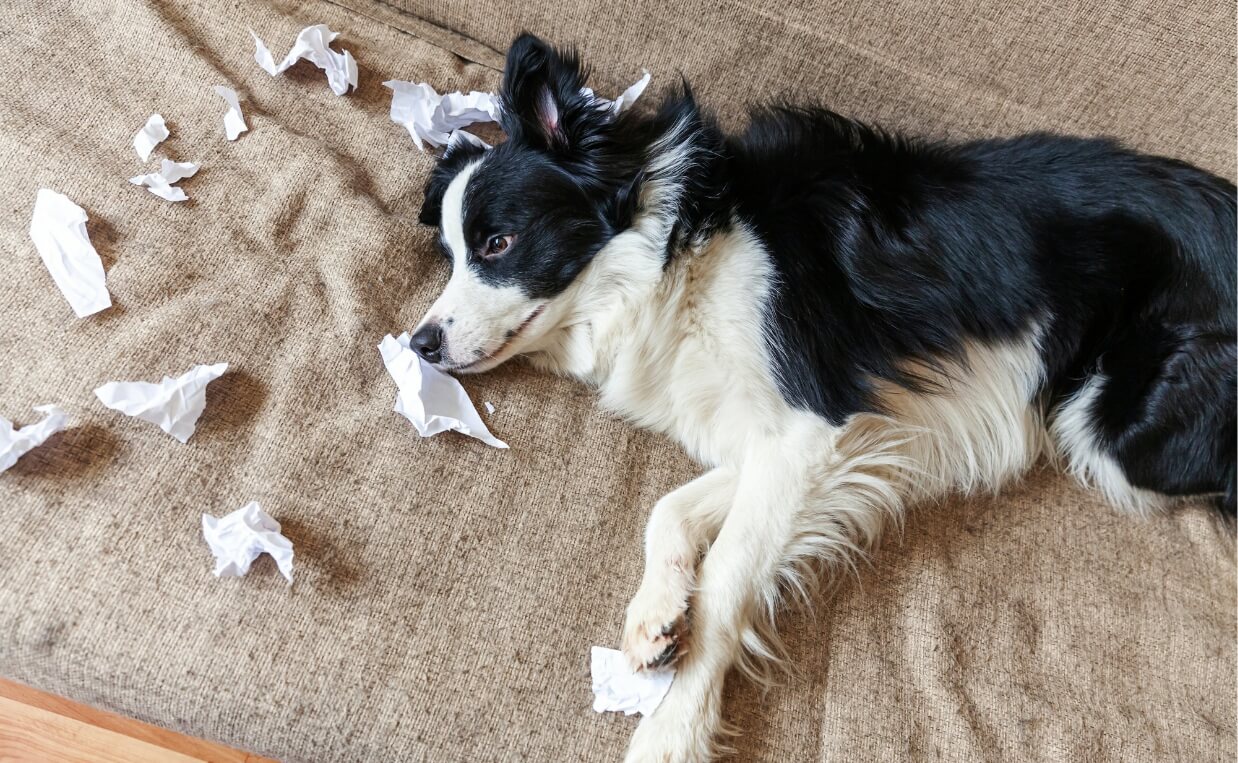
With so many people working from home during the COVID-19 pandemic stay-at-home orders, our pets seem to be our constant companions. As case numbers decline and vaccination rates increase, many employers are considering reopening their workplaces, possibly causing some anxiety for both dogs and their human companions.
A silver lining of the pandemic for many people has been the opportunity to spend more time at home with their dogs. Many remote workers have settled into routines filled with more playtime, walks and other interactions, as well as different feeding schedules than before the pandemic.
If you have a dog and are working remotely due to COVID-19 restrictions, it’s time to start thinking about your return to a regular schedule, whatever that may look like post-pandemic.
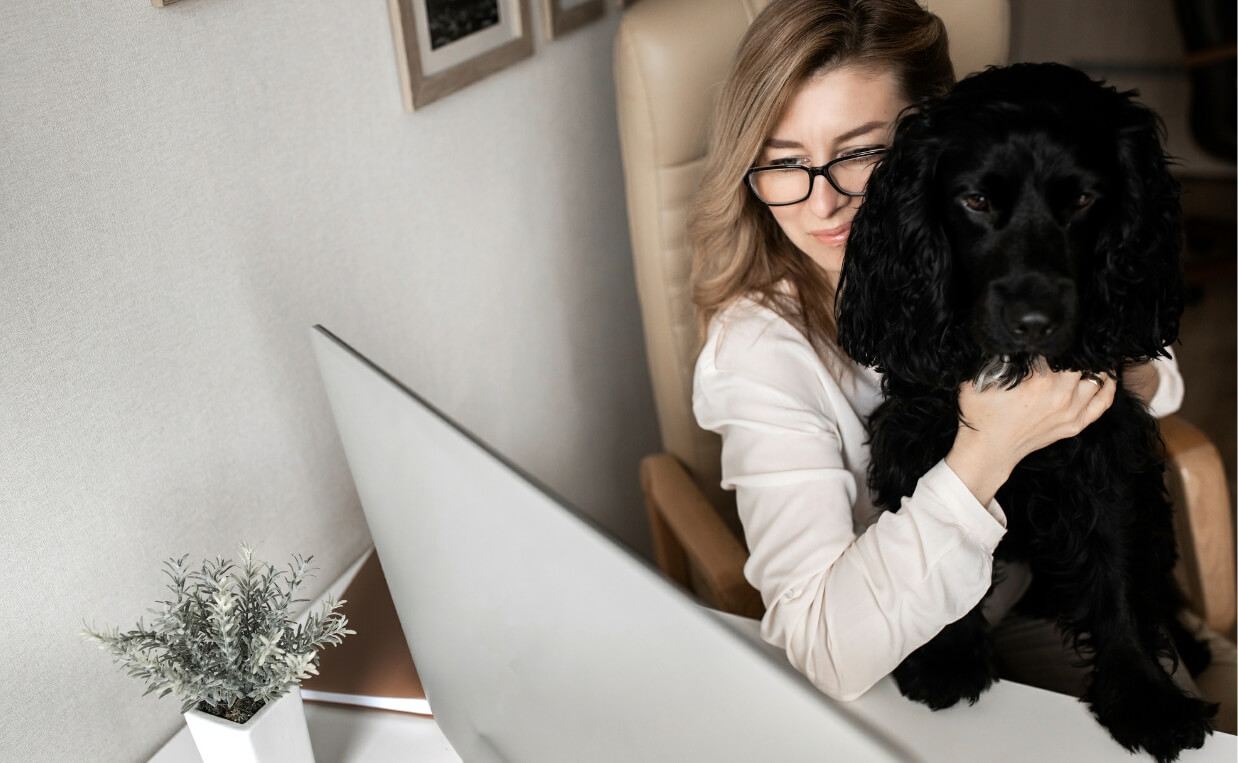
Dogs are creatures of habit and they’ve probably gotten used to having us around the house all day. And, if they were adopted during the pandemic, having you at home may be the only routine they know. So as more of us transition back to work we need to prepare them for a new normal.
Here are six steps to help your dog get ready for your return to work.
-
Workday routines
Take the time to slowly introduce your dog to a regular workday routine. Create a schedule for waking, feeding and walking similar to what you expect your regular workday routine will be, then introduce a consistent departure schedule that builds on your routine.
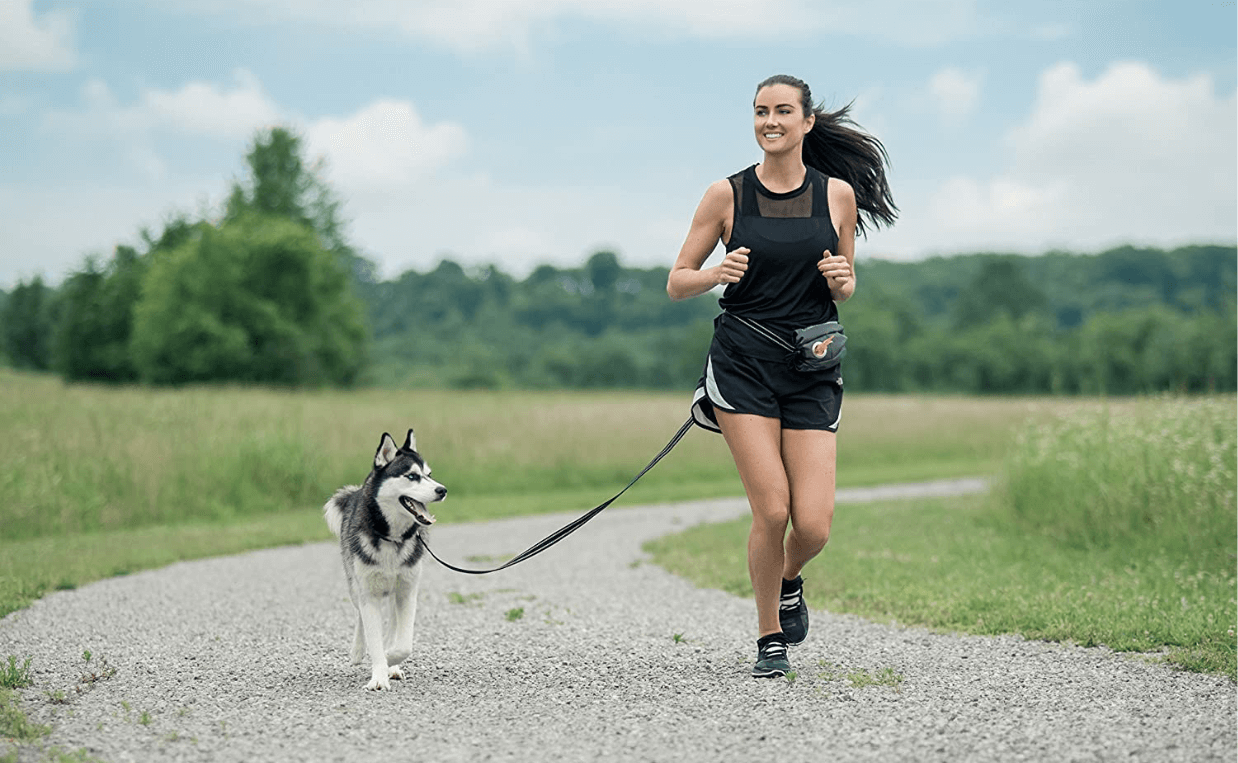
-
Exercise
Dogs often act out when we’re not at home with them because they’re anxious, frustrated or bored. Frequently, this is because your dog is not receiving enough exercise. Dogs need to get enough exercise to stay healthy and maintain an appropriate weight. You can generally know your dog is lacking enough exercise when he or she becomes bored, lethargic or frustrated. This can manifest itself as destructive behavior. Read more: 12 Ways to Help Your Dog Get Enough Exercise
-
Keep them engaged
Dogs were originally bred to have different jobs. They were bred to herd sheep, track, hunt, retrieve, guard, fight, chase rodents, patrol and be companions. Today, most don’t have work to do, so they tend to get bored. Boredom can lead to problem behaviors, but more importantly an unhappy dog. Long-lasting treats, food puzzles and automatic feeders can help keep your dog occupied. Read more: Tips to Avoid Dog Boredom
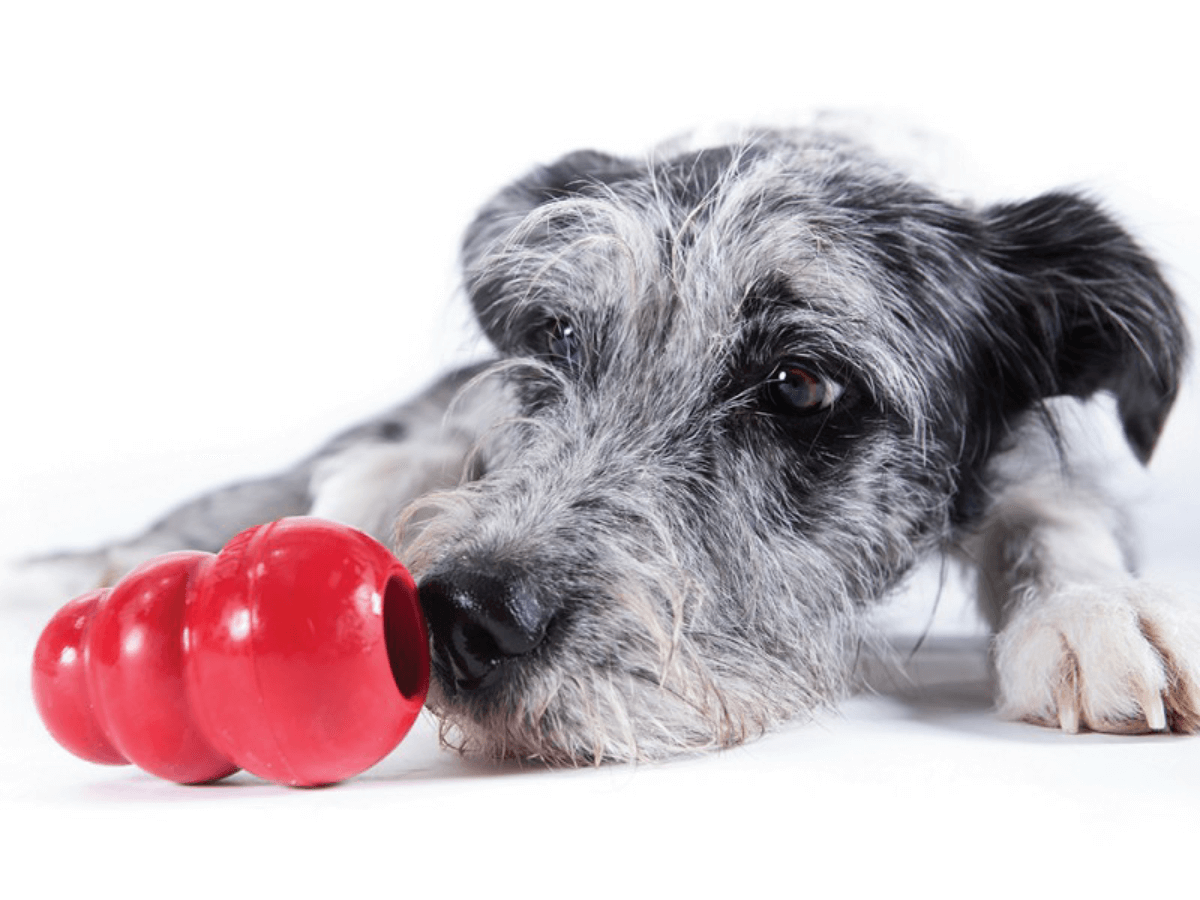
-
Take anxiety out of your departure
Practice short departures on a daily basis to help your dog get used to your leaving. Give a small treat as you walk out the door to help your dog associate your leaving with a reward. Be sure to stay calm when leaving or coming home.
-
Look for signs of stress
Once you return to work, watch for signs of stress. Common signs of high stress in dogs include:
- Engaging in excessive barking or whining
- Agitation
- Destructive behavior
- Inappropriate urination/defecation.
If you are concerned about your dog’s behavior when you’re gone, consider videotaping your dog when you leave to better observe them and share the video with your veterinarian.
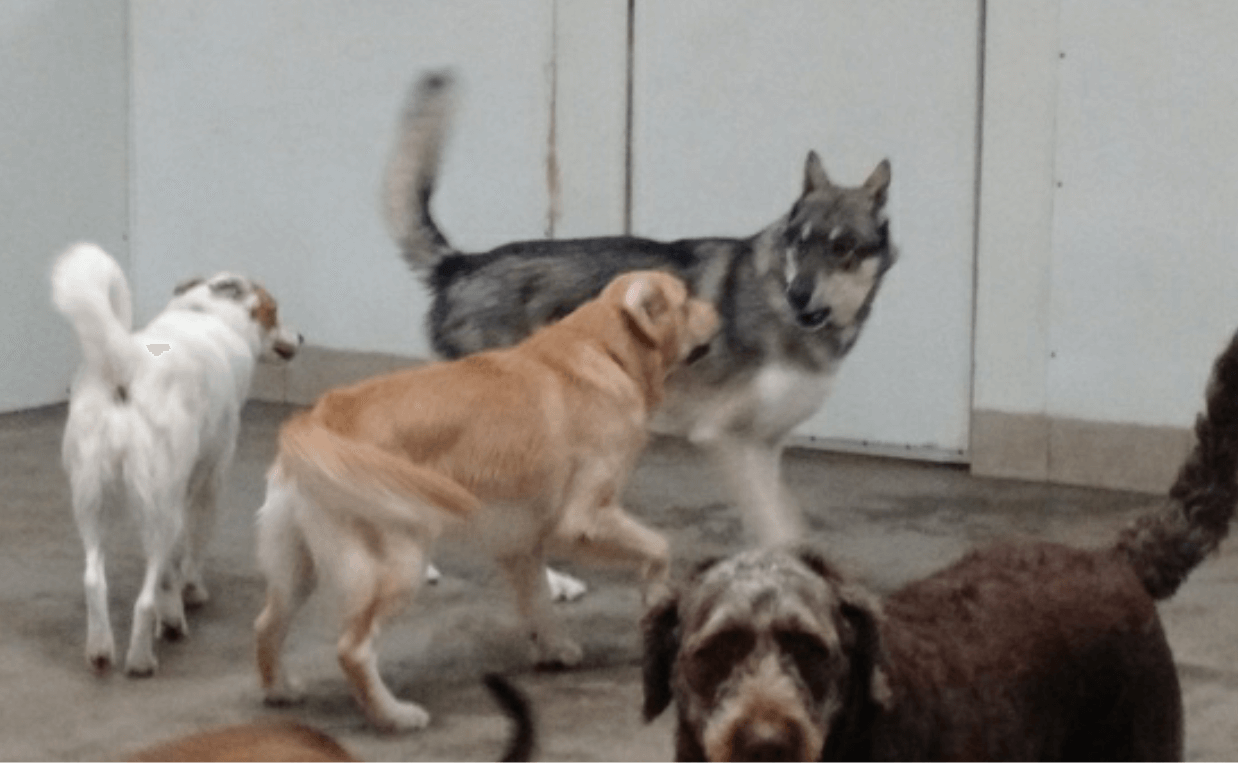
-
Bring your dog to daycare
Dog daycare offers many benefits for dogs.
- Socialization – Consistent socialization is incredibly important for behavioral development of a dog.
- Relieve separation anxiety – When a dog parent is gone for hours at a time, the dog may experience separation anxiety or boredom. This can result in destructive behavior. Dog daycare eliminates boredom and relieves separation anxiety.
- Your dog will be safe – Relax and stop worrying about your dog when you’re gone.
- Adequate exercise – Your dog will play hard and get adequate exercise while he or she is at daycare.
- Implement a routine – Dogs thrive when there’s routine. When you drop your pup off at daycare on a regular basis, he or she will be comfortable and relax because he or she will know what to expect and what will happen.
- Peace of mind – No matter how busy your day gets, you’ll never have to worry about your dog when he or she is at daycare. Say goodbye to feelings of guilt or having to run home on your lunch hour to let your dog out. You can focus on your work without distraction while your dog is having fun playing with the pack while being supervised.
There may be a bit of an adjustment for both you and your dog the first week you return to work, but as you and your dog’s new routine becomes a habit, you will both feel more comfortable with the changes. Your reunion at the end of the work day will become all the more sweeter as the anticipation of seeing each other again grows.

 [FREE DOWNLOAD] How to Choose the Best Dog Daycare for Your Puppy or Dog
[FREE DOWNLOAD] How to Choose the Best Dog Daycare for Your Puppy or Dog [FREE DOWNLOAD] Do All of Those Daycare Dogs Get Along?
[FREE DOWNLOAD] Do All of Those Daycare Dogs Get Along? How to Pick Out the Ideal Leash for Your Dog
How to Pick Out the Ideal Leash for Your Dog Voting is Open for the Colorado Springs Independent 2019 Best Of Contest
Voting is Open for the Colorado Springs Independent 2019 Best Of Contest 20 Uncomplicated Do’s and Don’ts for House Training Your New Puppy or Dog
20 Uncomplicated Do’s and Don’ts for House Training Your New Puppy or Dog






Leave a Reply